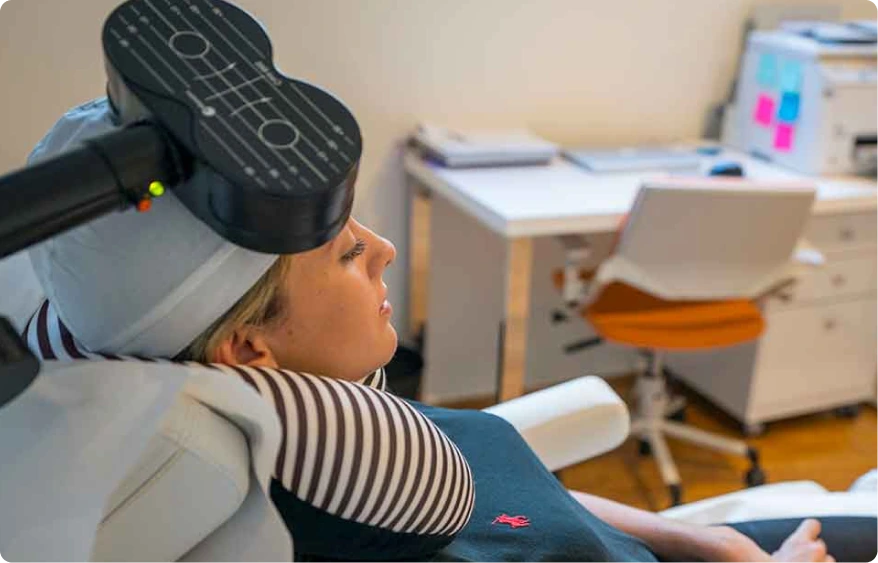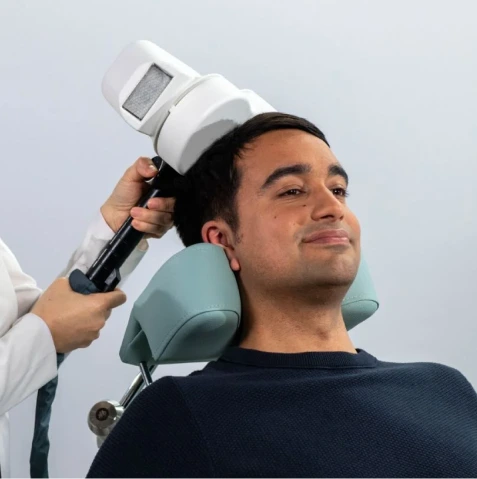What Makes Our Database a Top Source of TMS Information in the U.S.?
TMS Therapy Near Me is a leading resource for TMS information, providing comprehensive, up-to-date details on this innovative therapy. It features a network of experienced TMS practitioners and clinics across the United States, ensuring patients can access trusted professionals for their care.
We prioritize accuracy and relevance by incorporating the latest research, clinical guidelines, and advancements in TMS technology. Our database includes detailed insights into treatment protocols, eligibility criteria, insurance, and emerging applications of TMS for pervasive developmental disorders and other mental health conditions.
Most importantly, TMS Therapy Near Me offers user-friendly navigation, enabling individuals to compare clinics, understand costs, explore insurance options tailored to their needs, and contact the chosen provider. With a commitment to education and accessibility, our database empowers patients and caregivers to make informed decisions about TMS therapy.







